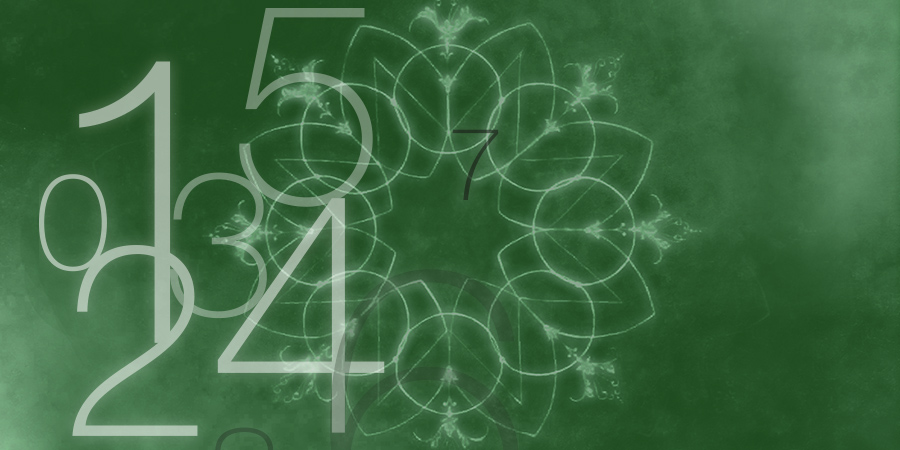Speaker
Description
This talk is based on the preprint arXiv:2506.02999. Circle-valued functions provide a natural extension of real-valued functions, where instead of measuring values along a linear scale the values lie on a circle. This opens up new possibilities for analysing data in settings where the underlying structure is periodic or has a direction associated to it. There has been significant work on circle-valued maps in the context of persistent homology. Zig-zag persistence generalises to circle-valued functions, leading to persistence modules which are representations of a zig-zag cyclic quiver of type $\tilde{A_n}$. This approach was first introduced in the work of Burghelea and Dey, who classified the resulting indecomposable represenatitons of the $\tilde{A_n}$ quiver as barcodes and Jordan blocks and proposed an algorithm for computing these. The stability of the numerical invariants of persistent homology with respect to the interleaving distance is the fundamental result in this area that gives this method its strong theoretical foundation. Over the years, this distance has been generalised to the zig-zag setting and to general poset representations, using tools from representation theory. Most notably, the involvement of the Auslander-Reiten translate in the definition of the interleaving distance has meant that the robust machinery of representation theory could be employed to derive algebraic stability theorems in more general settings. Our main result is defining an interleaving distance on circle-valued persistence modules using the Auslander-Reiten translate. Moreover, we propose a novel, computer-friendly way to encode the invariants of circle-valued functions via the so-called geometric model, a relatively new tool from representation theory. We also propose a matching distance based on the geometric model, and show that this matching metric coincides with the interleaving distance.

